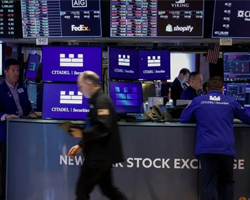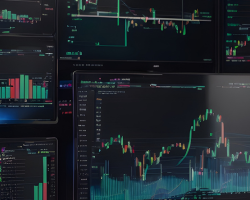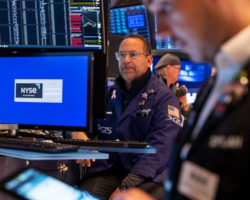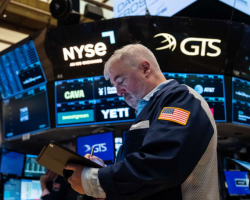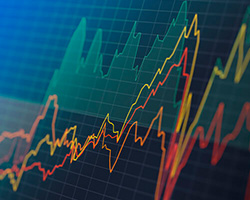Markets Rise as Fed Speculation Builds and Global Trade Tensions Simmer | Weekly Market Analysis
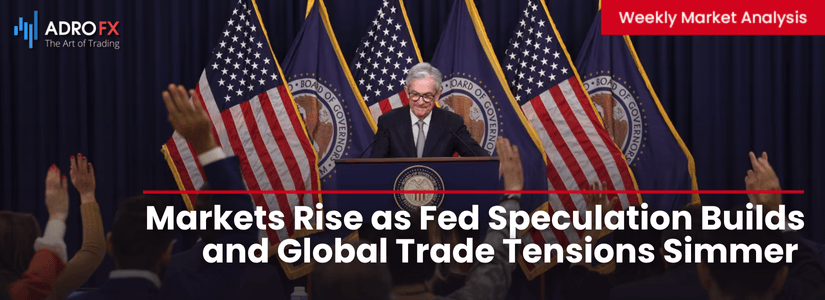
Key events this week:
Tuesday, August 12, 2025
- Australia - RBA Interest Rate Decision (Aug)
- USA - Core CPI (MoM) (Jul)
- USA - CPI (MoM) (Jul)
- USA - CPI (YoY) (Jul)
Wednesday, August 13, 2025
- USA - Crude Oil Inventories
Thursday, August 14, 2025
- UK - GDP (YoY) (Q2)
- UK - GDP (MoM) (Jun)
- UK - GDP (QoQ) (Q2)
- USA - Initial Jobless Claims
- USA - PPI (MoM) (Jul)
Friday, August 15, 2025
- Japan - GDP (QoQ) (Q2)
- USA - Core Retail Sales (MoM) (Jul)
- USA - Retail Sales (MoM) (Jul)
US equities ended the week on a positive note, with the S&P 500 securing a gain led by technology stocks as expectations for a September interest rate cut strengthened. The optimism was fueled in part by President Donald Trump’s nomination of his chief economic adviser, Stephen Miran, to fill a vacant seat on the Federal Reserve’s Board of Governors. The move comes at a time when speculation over the eventual successor to Fed Chair Jerome Powell is intensifying.
By Friday’s close, the Dow Jones Industrial Average was up 207 points, or 0.5%, the S&P 500 rose 0.8%, and the Nasdaq Composite added a single point to notch a fresh record at 21,450.02.
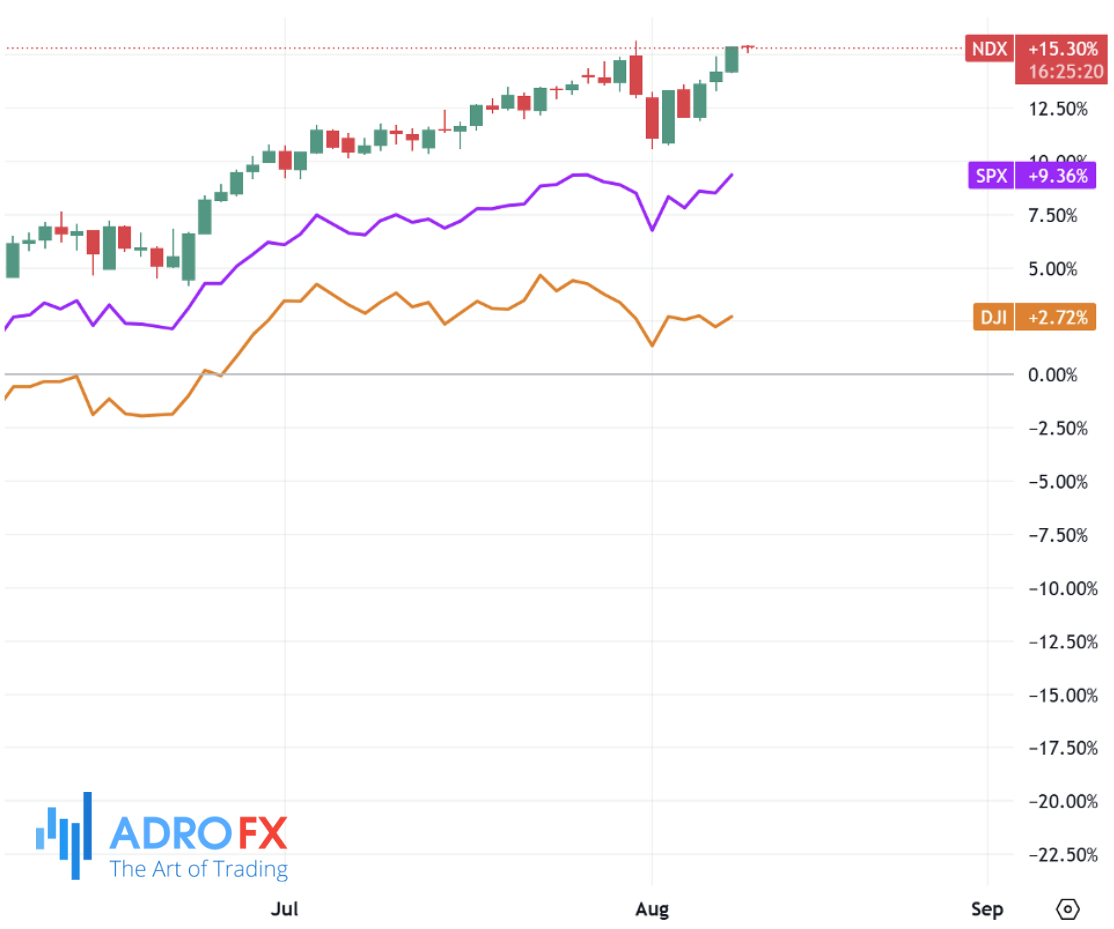
More than two-thirds of the companies in the benchmark S&P 500 have now reported their latest quarterly earnings, and the results have been strikingly strong. Analysts at HSBC noted that the proportion of companies beating profit expectations is among the highest seen in years. Around 80% of reports have exceeded forecasts, with enthusiasm over artificial intelligence applications helping to counteract concerns about an economy facing the headwinds of extensive US tariffs. Current projections point to earnings-per-share growth of about 10% for the second quarter, nearly double what Wall Street had initially anticipated.
The trade backdrop remains tense. New tariffs, ranging from 10% to as high as 41%, took effect earlier in the week on goods from more than 90 countries, lifting the average tariff rate to over 15%, a level not seen since 1938, up sharply from just 2.3% at the beginning of the year. These measures, coupled with the imposition of 50% duties on certain regional economies starting Thursday, have left investors nervous about the potential drag on global growth. While some partners, including the European Union, have reached agreements with Washington to secure lower tariff levels, the broad scope of the levies continues to weigh on sentiment.
Economic data has done little to ease concerns. A rise in weekly jobless claims added to a growing body of evidence that the labor market is cooling, coming on the heels of last week’s weaker-than-expected jobs report. These figures have reinforced market bets that the Fed will move to cut rates in September. President Trump, who has repeatedly urged the central bank to lower borrowing costs, announced that Stephen Miran would be his choice to take over the recently vacated governor seat left by Adriana Kugler, who resigned unexpectedly. If confirmed by the Senate, Miran would hold voting power on rate decisions. Known as a loyal supporter of the administration, he has argued that US tariffs will not substantially raise domestic inflation, contending instead that foreign suppliers will bear the brunt of the costs. Trump indicated that Miran’s appointment may initially be temporary, though he hinted it could become permanent.
Currency markets opened the week in a cautious mood. The Japanese yen remained under pressure in thin trading due to Japan’s Mountain Day holiday. The currency traded in a narrow range as uncertainty lingered over the Bank of Japan’s next policy move. Although the central bank signaled openness to further policy normalization in its July meeting, recent comments from policymakers expressed concern about the economic impact of higher US tariffs, which has tempered expectations for any imminent rate hike.
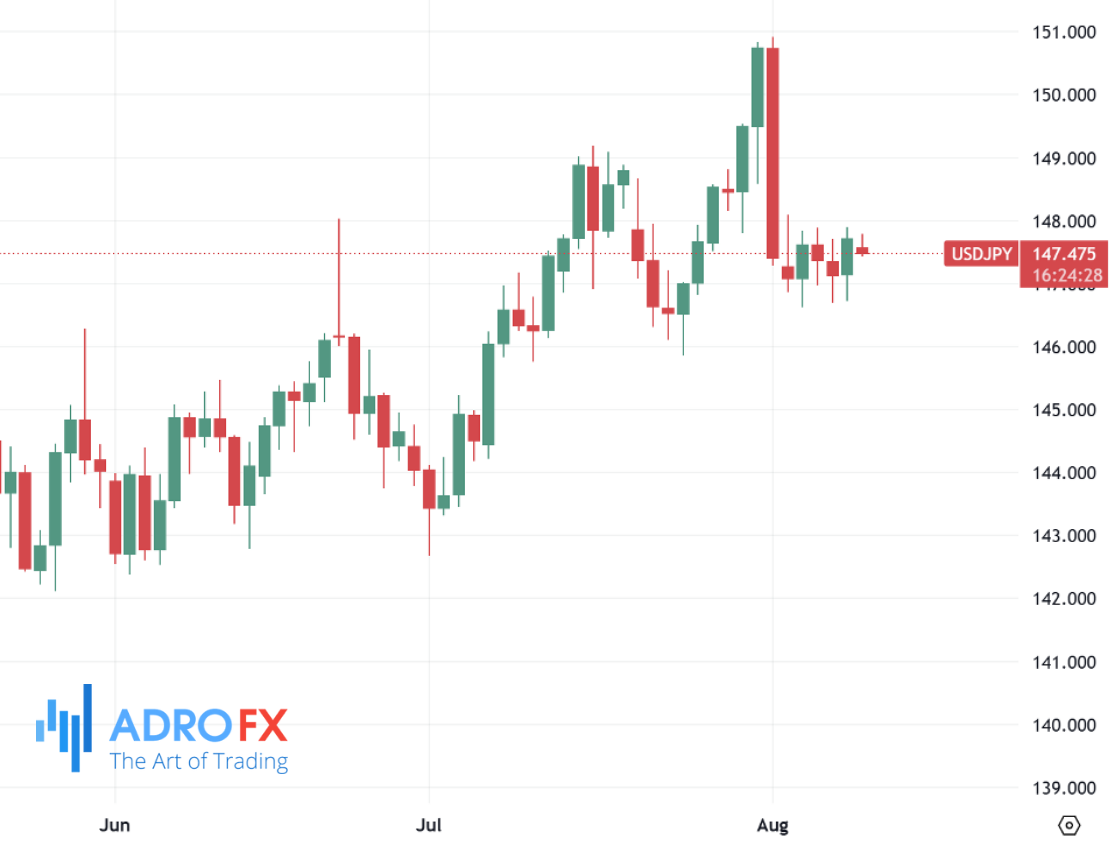
Asian equity markets and US futures edged higher in early trading, further reducing demand for the yen’s safe-haven appeal. Still, geopolitical risks persist, with the deadline for renewed US tariffs on China approaching and a high-profile meeting between Trump and Russian President Vladimir Putin set for later in the week in Alaska to discuss the war in Ukraine.
The US dollar came under renewed selling pressure, giving back much of Friday’s modest recovery, as traders increased wagers on additional Fed easing.
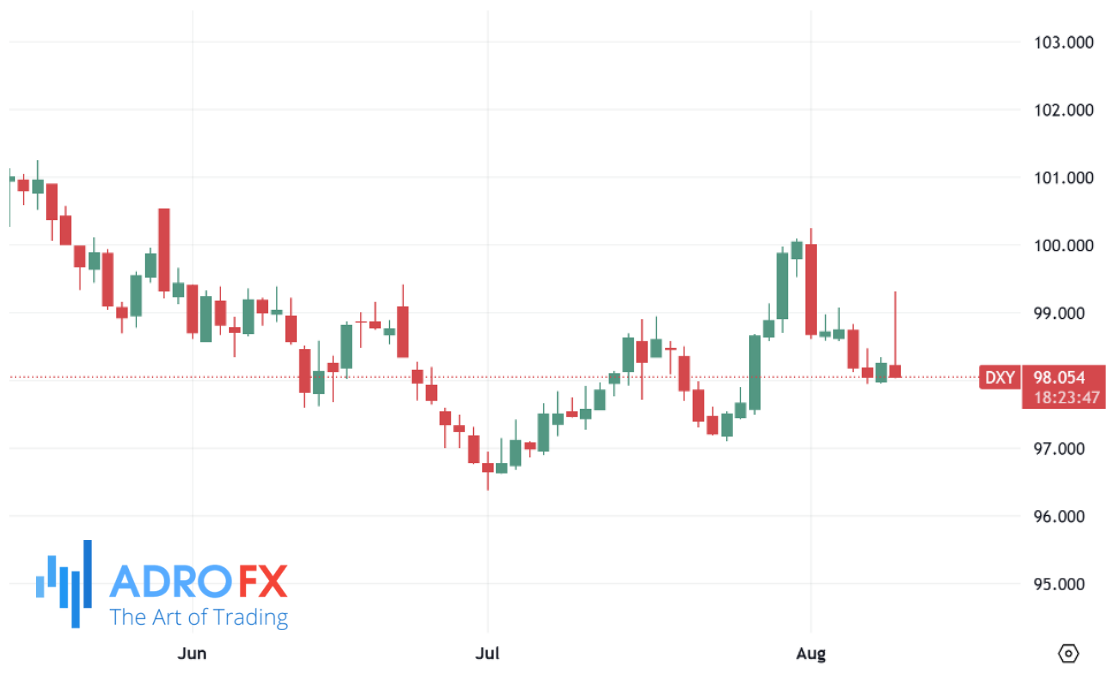
The Australian dollar held steady ahead of the Reserve Bank of Australia’s interest rate decision scheduled for Tuesday. Market expectations are tilted toward a 25-basis-point cut, which would lower the cash rate from 3.85% to 3.6%, amid cooling inflation, higher unemployment, and slower wage growth. However, uncertainty remains after RBA Governor Michele Bullock announced in July that the central bank would no longer provide forward guidance, leaving future decisions entirely dependent on the board’s assessment at each meeting. The Australian currency also faces headwinds from China, its largest trading partner, where consumer prices were flat in July and producer prices continued to decline, pointing to persistent deflationary pressures.
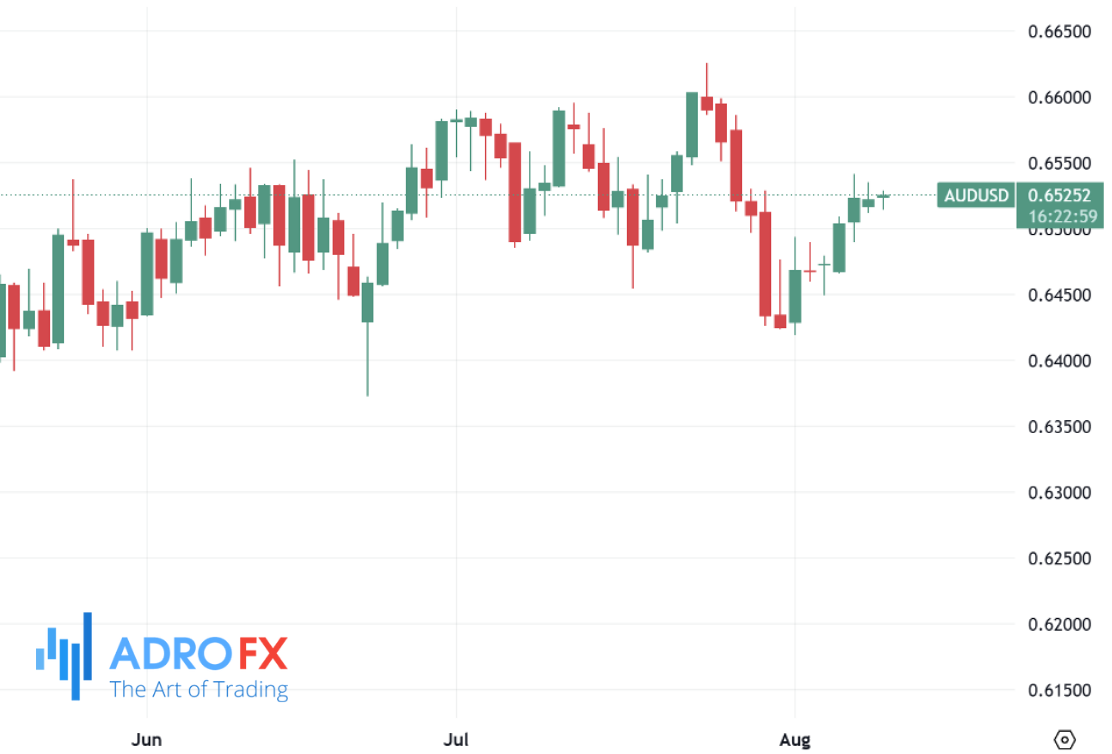
The Canadian dollar edged slightly higher in early Asian trade after two consecutive sessions of losses, with the USD/CAD pair hovering around 1.3750. The move came as the US dollar weakened following softer US economic data. Comments from Fed officials over the weekend reinforced dovish expectations - Governor Michelle Bowman said that three rate cuts were likely appropriate this year, emphasizing that labor market softness outweighed inflation risks. St. Louis Fed President Alberto Musalem noted that while economic activity remains steady, the central bank faces challenges in meeting both its inflation and employment objectives, highlighting risks particularly to the jobs market. However, the loonie may struggle to gain lasting traction as traders anticipate the Bank of Canada could move toward easing, a view bolstered by Friday’s employment report showing a loss of more than 40,000 jobs in July, with the unemployment rate holding at 6.9%.
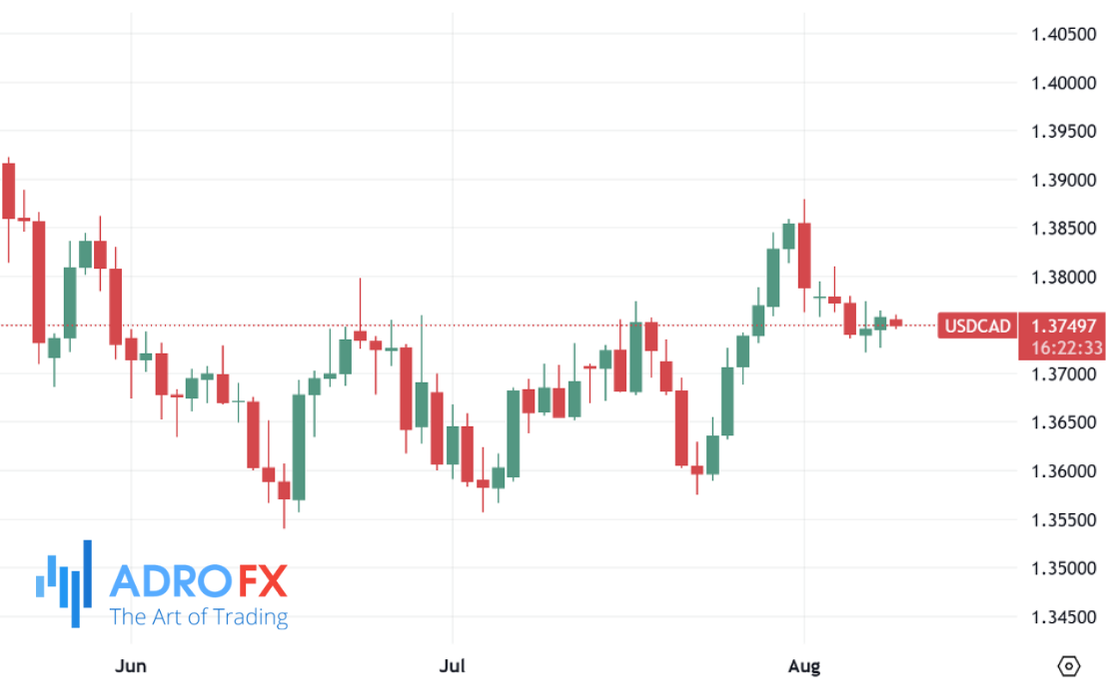
The euro gained modestly, with the EUR/USD pair trading near 1.1650 after a soft session on Friday. Support for the currency came from expectations that the European Central Bank would pause its easing cycle in September, alongside optimism that the Ukraine conflict could see progress toward resolution following reports of the upcoming Trump-Putin meeting.

The British pound began the week consolidating recent gains, with GBP/USD trading just under the mid-1.3400s. The Bank of England’s decision last week to cut rates by 25 basis points, bringing the benchmark down to 4%, came with a narrow 5–4 vote, suggesting resistance to more aggressive easing. This has tempered market expectations for further rapid cuts and continues to lend underlying support to sterling, aided by a softer dollar.
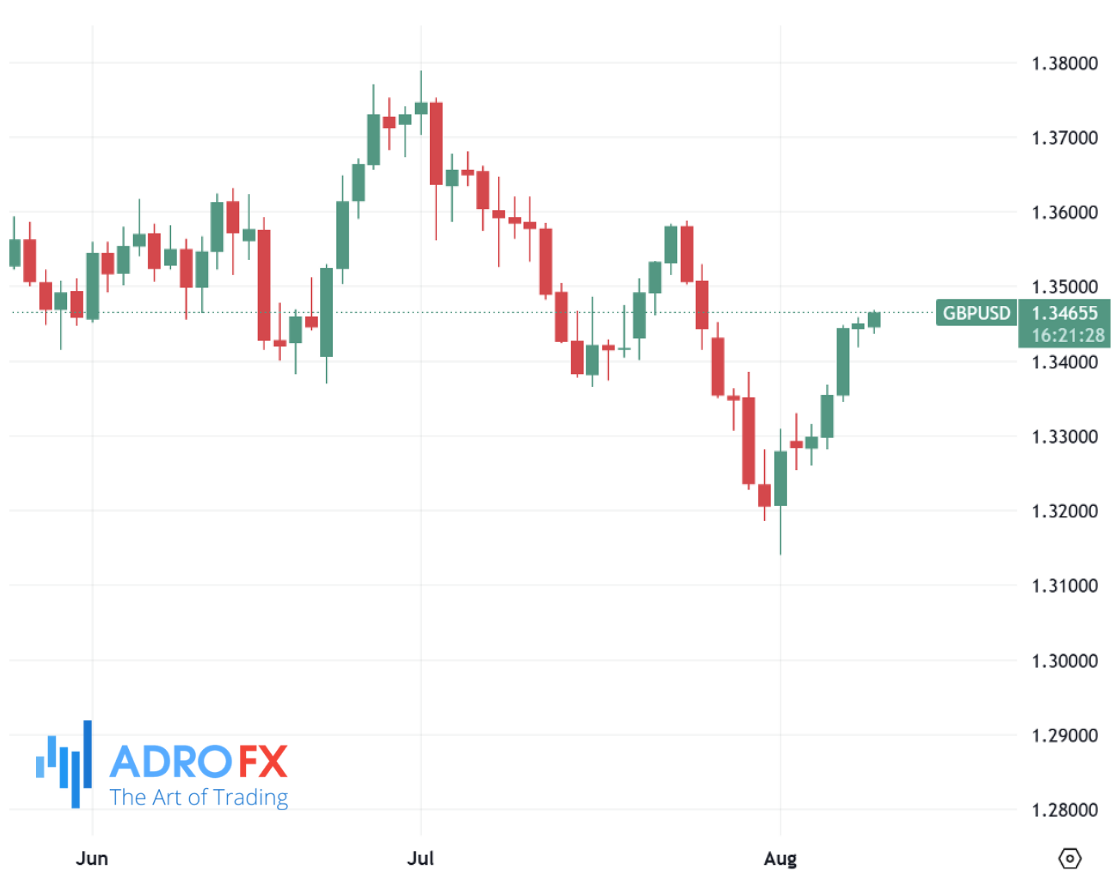
Looking ahead, investor focus will turn to a series of key data releases. The US Consumer Price Index is due on Tuesday, followed by the Producer Price Index on Thursday, both of which will be closely watched for signs of inflationary trends that could influence the Fed’s September decision. Japan’s preliminary GDP figures for the second quarter, also expected Thursday, will offer additional insight into the state of the world’s third-largest economy. With monetary policy, trade disputes, and geopolitical events all converging, markets are likely to remain sensitive to headlines in the days ahead.
